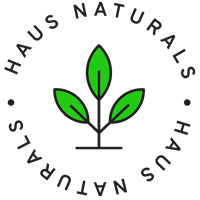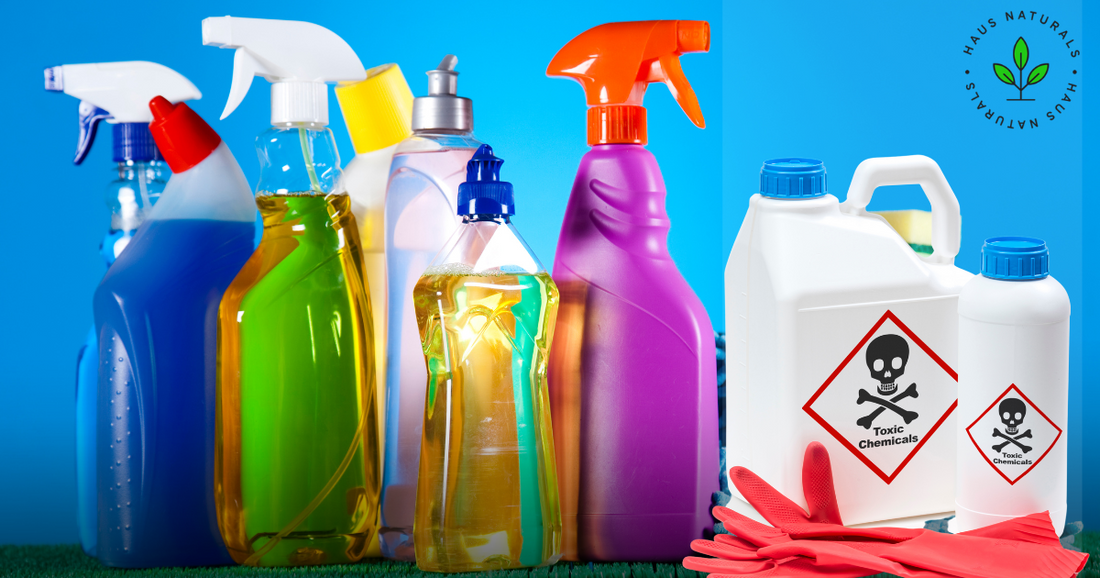Cleaning products play a major role in maintaining cleanliness and hygiene in our homes. However, many of these products contain chemicals that can be harmful to both our health and the environment. To make informed choices and ensure the safety of our households, it's essential to understand how to read labels on cleaning products and identify harmful chemicals to avoid. In this blog post, we will provide you with a comprehensive guide to deciphering cleaning product labels and recognising potential hazards.
1. Start with the Ingredient List:
The ingredient list is a vital part of any cleaning product label, as it discloses the components used in the product. Here are some common harmful chemicals to watch out for:
- Phthalates: Found in fragranced products, phthalates are linked to hormone disruption and respiratory issues. Look for terms like "fragrance" or "perfume" on the label, as these may indicate the presence of phthalates.
- Chlorine bleach: This powerful disinfectant is commonly found in laundry and surface cleaners. However, it can release toxic fumes and cause skin and respiratory irritations. Avoid products that contain sodium hypochlorite or chlorine bleach.
- Ammonia: Often used in glass and window cleaners, ammonia can irritate the eyes, skin, and respiratory system. Look for terms like "ammonium hydroxide" or "ammonia" in the ingredient list.
- Formaldehyde: A known carcinogen, formaldehyde is found in some disinfectants and preservatives. Look for ingredients like "formaldehyde," "formalin," or "methylene glycol."
2. Hazardous Symbols and Warnings:
Cleaning product labels often feature symbols and warnings to indicate potential hazards. Familiarise yourself with the following symbols and their meanings:
- Flammable: This symbol indicates that the product is highly combustible and should be kept away from open flames or heat sources.
- Corrosive: A symbol depicting a corroding surface warns about the product's ability to damage skin, eyes, or other surfaces. Exercise caution and use appropriate protective equipment.
- Toxic: This symbol indicates that the product can be harmful or even fatal if ingested, inhaled, or absorbed through the skin. Store such products out of the reach of children and follow usage instructions carefully.
3. Safety Precautions and Usage Instructions:
Pay attention to the safety precautions and usage instructions provided on cleaning product labels. These guidelines offer valuable information on how to handle, store, and use the product safely. Some key points to consider:
- Ventilation: Look for recommendations to use the product in a well-ventilated area, especially when working with aerosols or strong fumes.
- Protective Gear: Determine if the product requires wearing gloves, goggles, or a mask during use to protect yourself from exposure.
- Storage: Follow instructions regarding proper storage conditions, such as temperature limits or keeping the product away from direct sunlight or moisture.
4. Certifications and Eco-friendly Labels:
Labels from recognised third-party organisations can provide reassurance about a product's safety and environmental impact. Keep an eye out for the following certifications and eco-friendly labels:
- EPA Safer Choice: This label indicates that the product meets the U.S. Environmental Protection Agency's criteria for safer chemical ingredients.
- Green Seal: The Green Seal certification ensures that the product meets rigorous standards for environmental and health safety.
- USDA Organic: Look for this label on cleaning products made from natural, plant-based ingredients and free from synthetic chemicals.
By understanding the ingredient list, recognising hazardous symbols, following safety precautions, and considering eco-friendly certifications, we can make informed choices when selecting cleaning products. We hope that this blog empowers you with the knowledge to identify harmful chemicals and create a safe living environment. For more information on all-natural cleaning products, you may check our website through this link: www.hausnaturals.com

